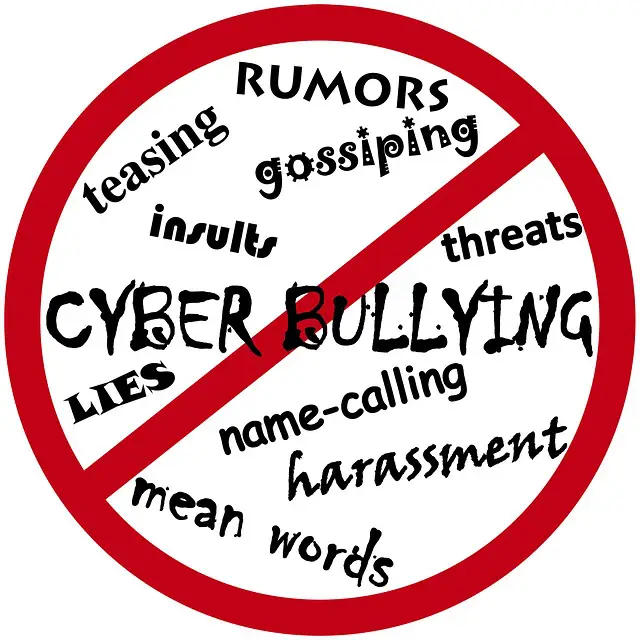What is bullying?
Bullying is a serious problem that affects one of every five students. Bullying is defined as when someone is made to feel inferior by another person, who intends to do harm, over an extended period of time. Bullying can be in the form of verbal harassment, spreading rumors, or any other behavior that has a negative emotional impact on the victim. The advent of social media has given rise to another, more insidious form of bullying, cyberbullying.
Cyberbullying is bullying that occurs online rather than in person. Cyberbullying can include such things as harassing, teasing, or threatening emails and social media posts, and posting pictures of someone online. Cyberbullying is exacerbated by the fact that, because it takes place online and not in person, it can happen at all hours of the night and day. Also, because the bullying takes place on the internet, it is possible for the bullying to have an extremely large audience. It is even possible for the bullying to happen anonymously, which also allows the bully to be more aggressive than they might be in person. In 2015, 15% of high school students and 24% of middle school students reported being bullied (Center for Disease Control, 2015). Unfortunately, cyberbullying affects younger and younger children, as children as young as 8 or 9 years old have access to social media.
Negative Impacts of Bullying
Children and adults who are victims of bullying face a host of negative effects. Victims of bullying have higher rates of depression and anxiety. Students who are bullied frequently have lower grades and do not perform as well at school. In some cases, bullying can drive victims to extreme actions. More than two-thirds of the school shooters in the 1990s reported being victims of bullying (Stopbullying.gov, 2017). In 2014, a teenage girl convinced one of her friends to commit suicide when she repeatedly teased him through text messages (CNN, 2017).
Victims of cyberbullying experience even more anxiety because they are often unable to control who will see the bullying take place. In addition, once something is posted online, it is extremely difficult to take it back. As a result, victims can feel re-victimized each time a new person mentions or comments on the original posting.
How To Prevent Bullying?
Fortunately, there are things that can be done to help stop bullying when it happens and to prevent it from happening. The most crucial step is to educate oneself about the effects of cyberbullying and how to identify it. In addition, both children and adults to protect their passwords, not only to protect private information, but also to prevent others from accessing their social media sites. Another way to protect yourself and your children is to periodically “google” your name. Look for posts that you do not recognize and take action to have those posts removed.
For children, it is important that their parents keep communication lines open. Only 33% of children who are victims of cyberbullying report telling their parents about the bullying. Parents should talk to their child about cyberbullying. It is important that children know what cyberbullying is, and the importance of speaking up when they see it happening, even if the bullying is happening to someone else. In addition, parents should require that their children share their passwords with them, and should follow their children on social media.
If parents discover that their child has been a target of cyberbullying, it is important for them to record, via screenshots or printouts, as much of the evidence as possible. Then, report the instances of bullying to both the school and the authorities depending on the severity. Often the school will have rules regarding cyberbullying and may be able to take disciplinary action on the bully. In some cases, the police may need to be involved. Cyberbullying that results in harm to a victim is a crime, and as recent events demonstrate, bullies can be arrested and even face jail time. By educating ourselves and our loved ones, we can help to prevent ourselves and them from being victims of cyberbullying. Silicone wristbands can be designed to say “Stop Bullying” to raise awareness so more people begin supporting it as well.
Need more information on cyberbullying? Click one of the links below.
How dangerous is cyberbullying?
How can I help my child be safe with social media?
What should I do if my child is being bullied?
What are some signs that my child is involved in cyberbullying?

